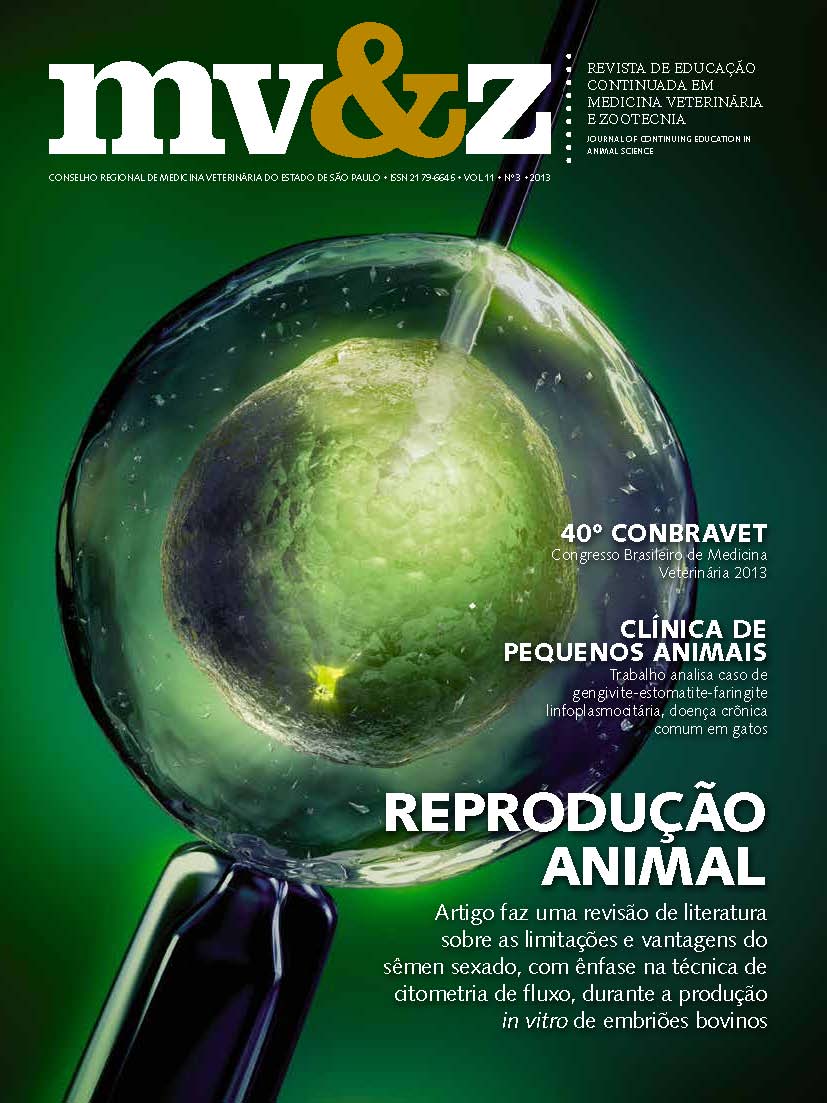Eastern equine encephalitis virus isolation in vero, BHK-21 and N2A cell cultures
Main Article Content
Abstract
The Laboratory of Rabies Diagnosis at the Pasteur Institute of Sao Paulo routinely receives equine brain samples for rabies diagnosis. Between the years 2000‐2010, 2.122 samples were received and only 24.6% were positive for rabies. These data confirm the importance of the differential diagnosis for equine encephalitis caused by other infectious diseases like alphaviruses. Viral isolation of Eastern equine encephalitis (EEE) is the most definitive method and can be performed in both mice and cell culture. VERO and BHK‐21 cell cultures are recommended by OIE for EEEV and Western equine encephalitis virus (WEEV) isolation. However, VERO cell culture is the most commonly used. One sample diagnosed negative for rabies and positive for EEEV by isolation in mice and confirmed by hemi‐nested RT‐PCR was used for evaluate the isolation in cell culture. EEEV and WEEV were used as positive controls and Minimum Essential Medium as negative control. The sample was diluted at 20% (w/v) and 1mL of this suspension was inoculated in VERO, BHK‐21 and N2A cell cultures. The presence of cytopathic effects (CE) was observed at 48 hours in VERO and N2A. In BHK‐21 the CE was observed at 24 hours. The viral isolation was confirmed by hemi‐nested RT‐PCR in all cells culture. These results show the ability of N2A cells in replicate the EEEV. In conclusion, the N2A and BHK cells, lineages commonly used in rabies diagnosis, were able for viral isolation of the EEEV.
Article Details
1. Autores mantém os direitos autorais e concedem à revista o direito de primeira publicação, com o trabalho licenciado sob a Creative Commons Atribuição-NãoComercial-SemDerivações 4.0 Internacional
2. Autores têm autorização para assumir contratos adicionais separadamente, para distribuição não-exclusica da versão do trabalho publicada nesta revista (ex.: publicar em repositório institucional ou como capítulo de livro), com reconhecimento de autoria e publicação inicial nesta revista.
3. Autores têm permissão e são estimulados a publicar e distribuir seu trabalho online (ex.: em repositórios instituicionais ou na sua página pessoal) a qualquer ponto antes ou durante o processo editorial, já que isso pode gerar alterações produtivas, bem como aumentar o impacto e a citação do trabalho publicado (Veja O Efeito do Acesso Livre);
